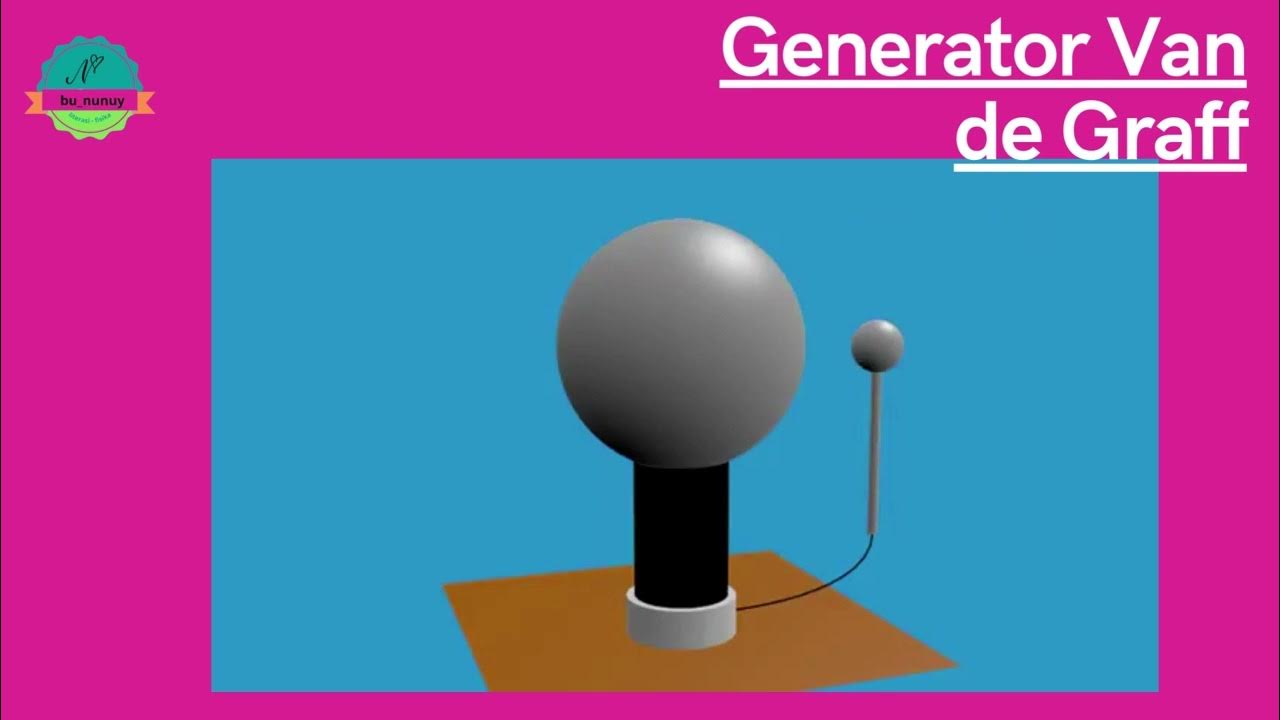Six Activities with Static Electricity
Summary
TLDRIn this educational video, the host explores the fascinating world of static electricity through engaging experiments. They demonstrate how static charge can cause balloons to stick to walls and create sparks when rubbed against plastic. The audience is guided through creating tinsel orbs, which, when charged, levitate and repel each other. The video also credits Science Bob for the levitating orb trick and offers a free downloadable guide for hands-on learning.
Takeaways
- 🎈 Static electricity causes objects like balloons to stick to walls due to an excess of electrons.
- 🔋 The static charge on objects will dissipate over time, causing them to lose their stickiness.
- 👚 The sensation of 'staticky' clothes is due to the build-up of static electricity from friction.
- 🔌 Charging a balloon or plastic object can be achieved by rubbing it against a fabric or another insulator.
- 👂 The act of charging a plastic pipe can produce a crackling sound, indicating the build-up of static electricity.
- 🧲 Metals, like a tin can, can be attracted to a charged plastic pipe due to induced polarization.
- 📚 A free downloadable resource is available for conducting static electricity experiments at home.
- 🎨 Crafting tinsel orbs requires specific types of tinsel that are neither too heavy nor too light.
- 🪢 The process of tying tinsel orbs involves careful knotting to ensure they can levitate.
- 🌤️ Humidity can affect the success of static electricity demonstrations, as it can prevent the build-up of charge.
- 🔬 The levitating orb demonstration is a favorite static electricity experiment, credited to Science Bob.
Q & A
What causes the balloon to stick to the wall?
-The balloon sticks to the wall because it has extra electrons giving it a negative charge, which causes it to be attracted to the wall.
Why does the static charge on a person's clothes eventually go away?
-The static charge on a person's clothes will dissipate over time as electrons spread out into the air or other surfaces, neutralizing the charge.
How can you charge a balloon or plastic with static electricity?
-You can charge a balloon or plastic by rubbing it against a fabric or other insulating materials, which causes electrons to transfer and build up a static charge.
What happens when a charged plastic pipe is brought near a metal can?
-The metal can is attracted to the charged plastic pipe due to the static electricity, demonstrating that opposite charges attract.
What is the purpose of the tinsel orbs in the demonstration?
-The tinsel orbs are used to demonstrate the principles of static electricity, particularly how objects with the same charge can repel each other when charged.
Why is it important to use the right type of tinsel for the tinsel orbs?
-Not all tinsel will work for the orbs due to differences in weight and material. The correct type of tinsel is necessary for it to be light enough to float when charged.
How many strands of tinsel are needed to make one tinsel orb?
-Six strands of tinsel are needed to make one tinsel orb, and by tying knots at specific intervals, two orbs can be made from one set of strands.
What is the significance of the PVC pipe in the levitating orb demonstration?
-The PVC pipe is used to generate a strong static charge, which is necessary to transfer electrons to the tinsel orb and create the levitating effect.
Why won't the levitating orb demonstration work in humid conditions?
-In humid conditions, the air's moisture can conduct the static charge away, preventing the buildup of sufficient charge needed for the levitating orb effect.
Who is credited with inventing the levitating orb experiment?
-Science Bob is credited with inventing the levitating orb experiment, and more information can be found on his website.
Outlines

This section is available to paid users only. Please upgrade to access this part.
Upgrade NowMindmap

This section is available to paid users only. Please upgrade to access this part.
Upgrade NowKeywords

This section is available to paid users only. Please upgrade to access this part.
Upgrade NowHighlights

This section is available to paid users only. Please upgrade to access this part.
Upgrade NowTranscripts

This section is available to paid users only. Please upgrade to access this part.
Upgrade Now5.0 / 5 (0 votes)





